Easy cake making method
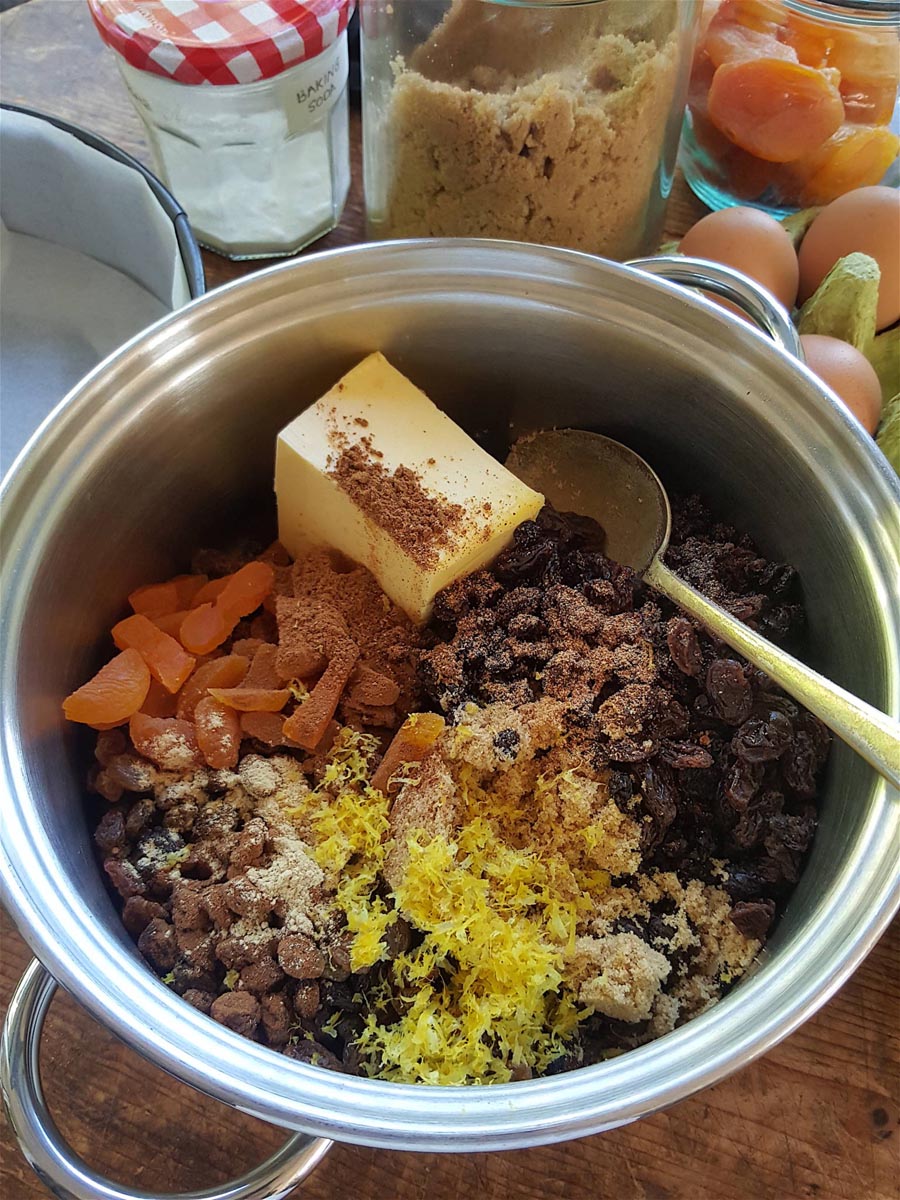
Cake making for dummies.

Cake making for dummies.
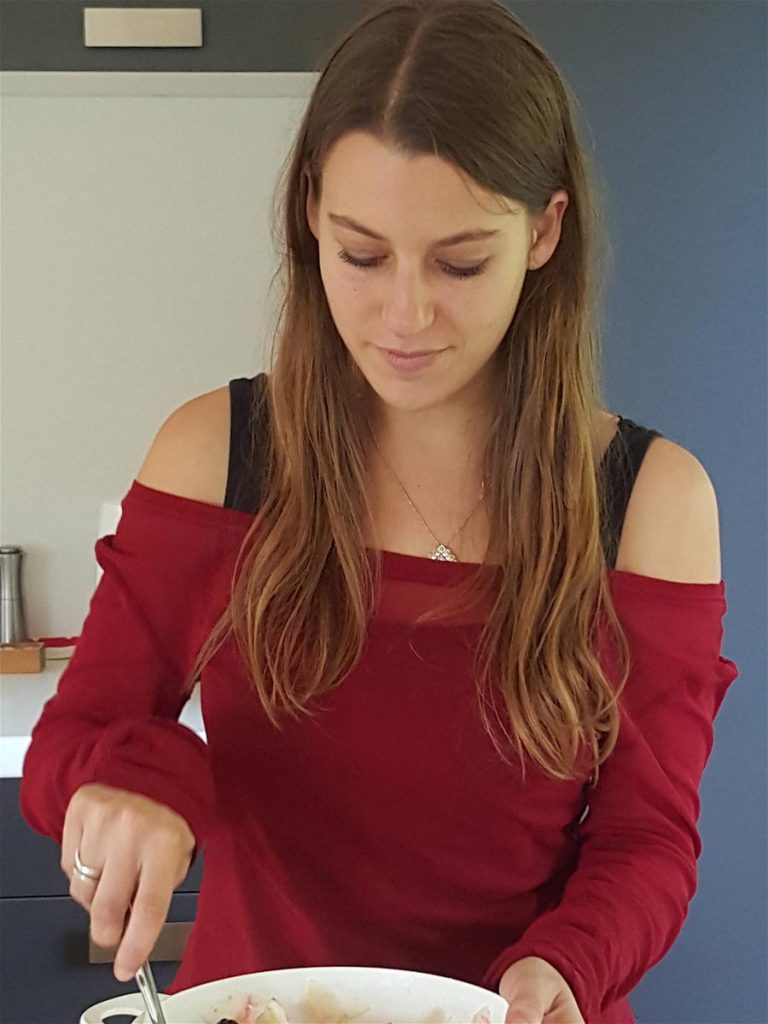
Ilaria seems happy stirring. What’s she up to?
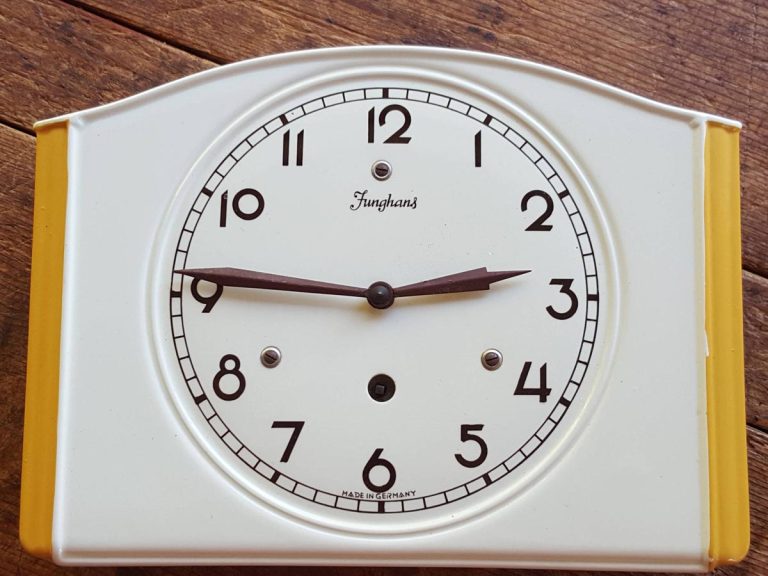
Are you set to go for festive and summer entertaining?

Bubbles! A bottle of bubbly needs friends, unless it is Covid Lockdown. In that case, either buy a Champagne stopper, or drink the lot!
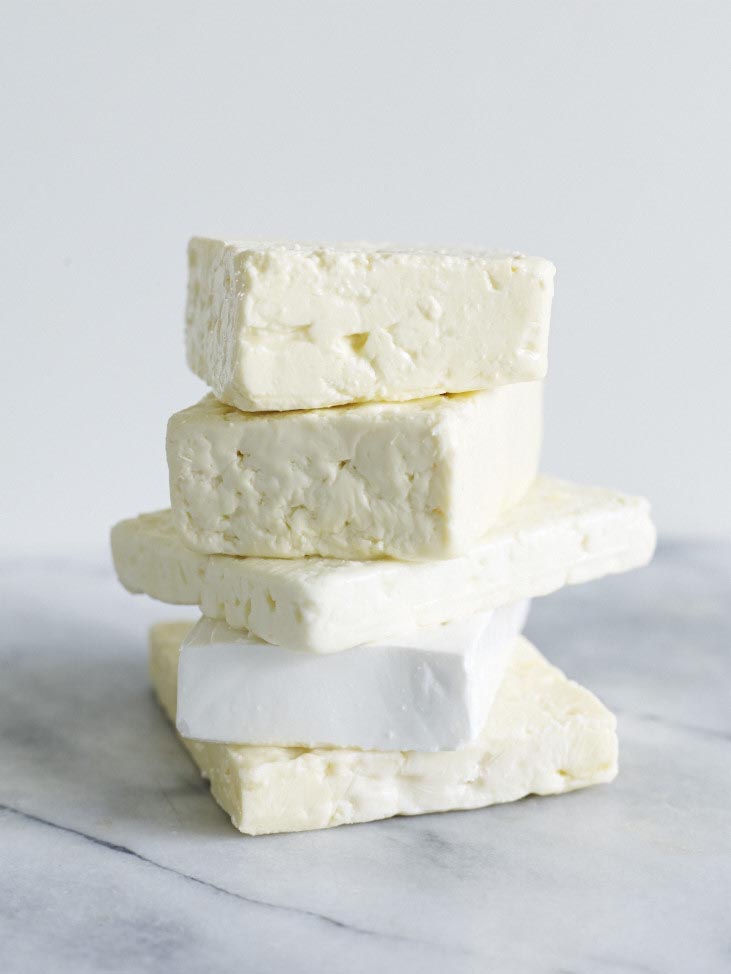
It may be a cliché, but feta served with a salad of olives, tomatoes and bread and drizzled with olive oil, makes a fabulous summer lunch.
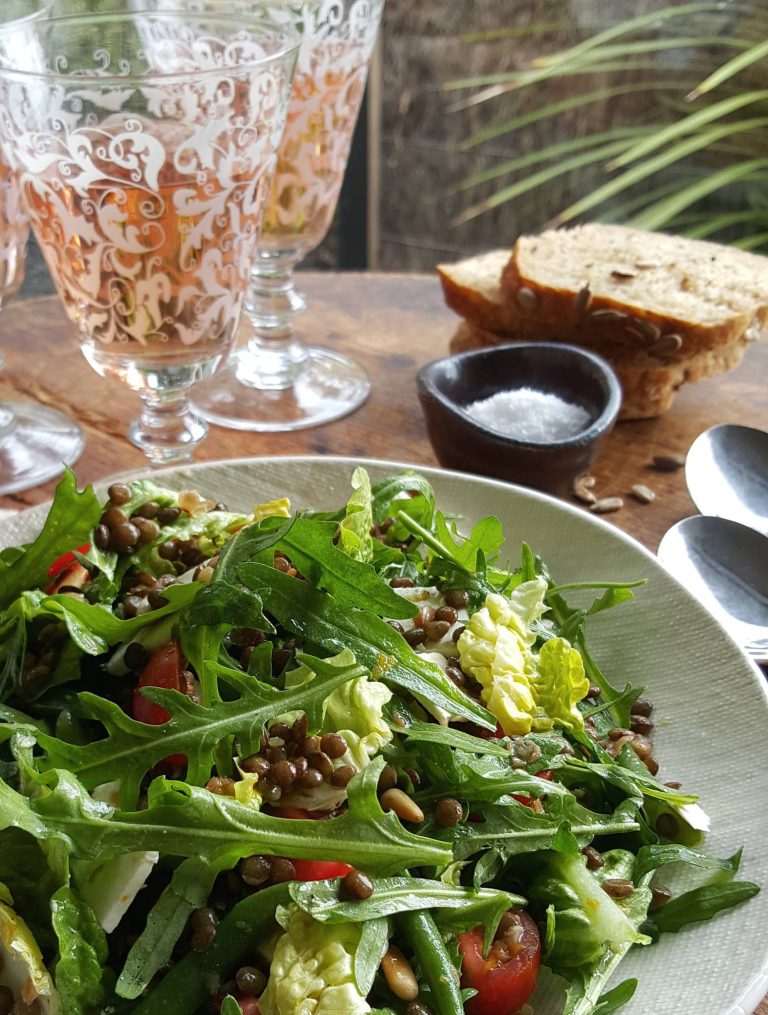
Sherry vinegar has nuances of roasted nuts, oaky notes from the barrels it is matured in, and sweet floral spices. Add a splash to the pan to lift flavours.
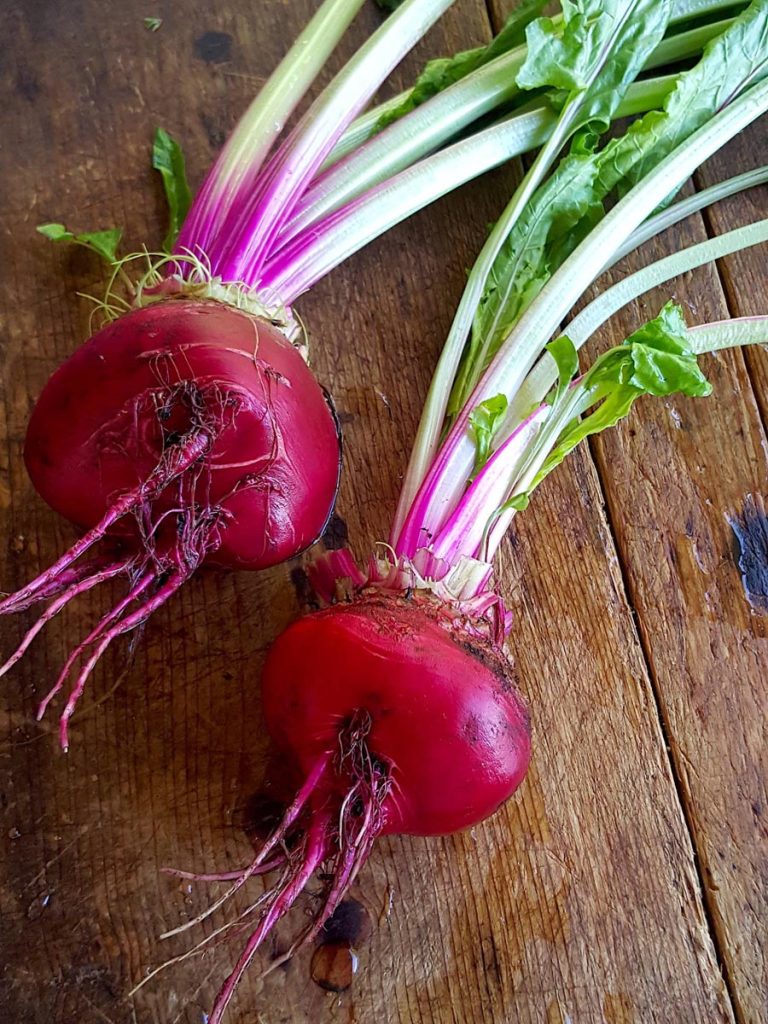
Candy-coloured beetroot will turn heads at your next gathering.
No products in the basket.
Welcome to the new Shared Kitchen experience! If you encounter any issues, please let us know. Dismiss